The Historical Atlas of Charity by Juan María Laboa is a co-publication of Libreria Editrice Vaticana (the Vatican Press) and Jaca Book, in large-format with full-color illustrations that reproduce 20 centuries of Christian art and photographs documenting concrete examples of charity promoted by the Church in her efforts to help the suffering and the needy.
In this Atlas, one can follow all the paths and the different dimensions of concrete charity, the central theme of the life of the Christian and disciple of Jesus Christ.
The first part considers the roots of this Christian virtue. Charity, practical help to our neighbor as an expression of human solidarity, is also, deep down, an “answer” to our questions about life’s meaning, which, issuing from an encounter with the mercy of God, leads to a desire to bring that mercy to others in everyday life. The author, Juan María Laboa, shows how the parables and miracles of Jesus reveal these truths about charity.
Continuing on this path in history, the author presents the institution of the diaconate, in the service of charity itself, and martyrdom as a testament to that love for God and for men. In 238 pages divided into 41 chapters, the origin, role and functions of the brotherhoods and ecclesial bodies born over the centuries for the exercise of charity are outlined. The volume is accompanied by a rich iconographic and photographic documentation, which gives the concrete sense of a charity embodied.
There are chapters related to great witnesses of this charity, like Francis of Assisi, Martin of Tours, Dorothy Day and the Catholic Worker Movement in the United States, the experience of worker priests, the Emmaus Community, the saints of the 19th century Italian social movement like Don Bosco and Fr. Cottolengo, and the charity exercised in immigration by the Scalabrini Fathers. It is a fascinating story that, in addition to being read, can also be seen, flipping through the pages and looking at all the pictures, enriched with annotations and captions.
This book is a refined and rich experience, exemplary, without superficiality, with attention to detail, never losing sight of the thread of charity that governs the life of the Church and of Christians.
Pontifical Biblical Commission Publishes Document on Inspiration and Truth of Scripture

Father Klemens Stock, the Pontifical Biblical Commission’s secretary, wrote that the document, requested by the Synod of Bishops in 2008, discusses the testimony of the biblical books about their own origin, how God communicates the truth he wills to communicate, and some texts that appear to call into question the truth and inspiration of Scripture. The document, dated February 22, is available for purchase from the Vatican publishing house (Libreria Editrice Vaticana) but has not yet been posted on the Vatican website. It is the culmination of the commission’s work during its recently completed 2009-14 session.
Founded in 1902, the Commission since 1971 has been an advisory body at the service of the Congregation of the Doctrine of the Faith. The prefect of the Congregation for the Doctrine of the Faith, currently Cardinal Gerhard Ludwig Müller, is the commission’s ex officio president.
Father Giuseppe Costa: “Interest in religious publishing has grown”
Frankfurt’s international book fair opened on October 8. It was an important event for the exchange of publishing rights. Father Giuseppe Costa on the eve of the fair: “Interest in religious publishing has grown in recent years. The Frankfurt Fair is the most important international book fair for the exchange of publishing rights. As usual in recent years, the Vatican Publishing House, LEV, will be present. It will run through October 12, and this year is hosting over 700 exhibitors from 103 different countries.”
There were 70 meetings between LEV and foreign publishers at the fair, during which LEV’s managers had the opportunity to sell publishing rights and discuss new co-publishing projects.
“We already started this morning with the publishing houses Principia (Portugal), Parole et Silence (France), Verbum (Croatia), Salvator (France), San Paolo (Colombia) and Bernardinum (Poland), and we are forging ahead at the rate of one meeting every 20 minutes,” Father Giuseppe Costa, head of the Vatican Publishing House, affirmed from Frankfurt on the first day of the fair.
“Our impression is that there is a growing interest in religious publishing and LEV’s production,” Father Costa said. “We are exhibiting every title we published this year, but in reality that includes our entire Vatican Publishing House catalogue.”
Which books are most sought after?
“Lots of people are interested in Pope Francis’ texts, but other titles are popular as well. Monsignor Mario Toso’s book, Nuova Evangelizzazione del sociale (“New Evangelization of the Church’s Social Teaching”) has been having great success: this highlights the tendency toward continuity between Pope Francis and Pope Benedict. The rights to Interviste e conversazioni con i giornalisti (“Interviews and Conversations with Journalists”), which gathers all of Pope Francis’ interviews, have already been acquired by Croatia, France and Portugal. The same is true of Agli Educatori (“To Educators”), a volume which presents a collection of homilies, pastoral letters and speeches on the urgency of education, by then-archbishop of Buenos Aires, Cardinal Bergoglio. There is a lot of interest in smaller books, too; for example, the series by Cardinal Medina Estevez on the sacraments was acquired by France and Colombia. To sum things up,” concludes Father Costa, “the atmosphere is encouraging, and every year the publishing world renews its appeal.”
La Santità è Possibile (“Holiness is Possible”), a book by Card. Saraiva Martins
“The more the economic crisis — and the anthropological crisis, too — have us worried, the more we need to rediscover the balm of hope and trust.” This is the message of Cardinal José Saraiva Martins’ new book, Holiness Is Possible – They Are Born Not to Die Again, published by the Vatican Publishing House. It is a collection of more than 130 homilies and essays, divided into four sections: “Saints,” “Blesseds,” “Venerables and Servants of God” and “Saintly Gleanings.” To understand the keys to this book, whose preface was written by Cardinal Angelo Sodano, Paolo Giacosa interviewed the author, Cardinal Saraiva Martins, who is Prefect Emeritus of the Congregation of the Causes for Saints, after being its leader for decades.
Can you tell us about your book?
Card. Saraiva Martins: The main point of my book is that the Church is called to holiness. This is the primary concept I explore. When we say that the Church must be holy, we must remember that the Church is not an abstract reality, but a concrete one: The Church includes all of us. These are concepts I tried to elaborate on, in my years as prefect, during beatifications and canonizations.
How can we involve the individual in the message of this universal call, as set out in Lumen Gentium?
Often holiness and humanity are spoken of as if they were two alternate realities: this is a mistake. Holiness and humanity are, in reality, inseparably united! Sainthood is, as I have stated many times, the fullness of humanity. The saints are people who live their humanity to the fullest. To be a saint is to be baptized. The vocation of baptism is essentially the vocation to sainthood. In fact, John Paul II said, “Asking catechumens if they want to be baptized is the same as asking them if they want to be saints. All the baptized are called to holiness.”
The book’s preface, written by Cardinal Sodano, underlines the apologetic value of holiness in the Church, which could not exist with God’s continual intervention..
Of course, the Church can’t operate without God’s continual intervention. The Church wouldn’t exist if it were not holy: why? The reason is very simple: if the Church is the mystical Body of Christ, if the Church is Christ, then it is clear that the Church’s face reflects Christ’s holiness.
What saint made the strongest impression on you? Is there one you carry particularly close to your heart?
Many saints have left strong impressions on me, many who were made saints during the time of my prefecture. This is because there is one sainthood, but the way one can live out this sainthood is different in each of us. Thus, each saint has a unique aspect, one that is personal to his or her sainthood. One saint who certainly fascinated me is Mother Teresa of Calcutta, who was beatified during my prefecture.
And she is a model of holiness! She said many times that holiness is nothing special: “Whoever loves becomes a saint.” She identified love with holiness: this is a very profound theological affirmation.
All martyrs, too, are admirable. To give one’s life for Christ, the greatest treasure we have, that God gave us, is extraordinary! It is compelling.
—(Vatican Radio Archive)




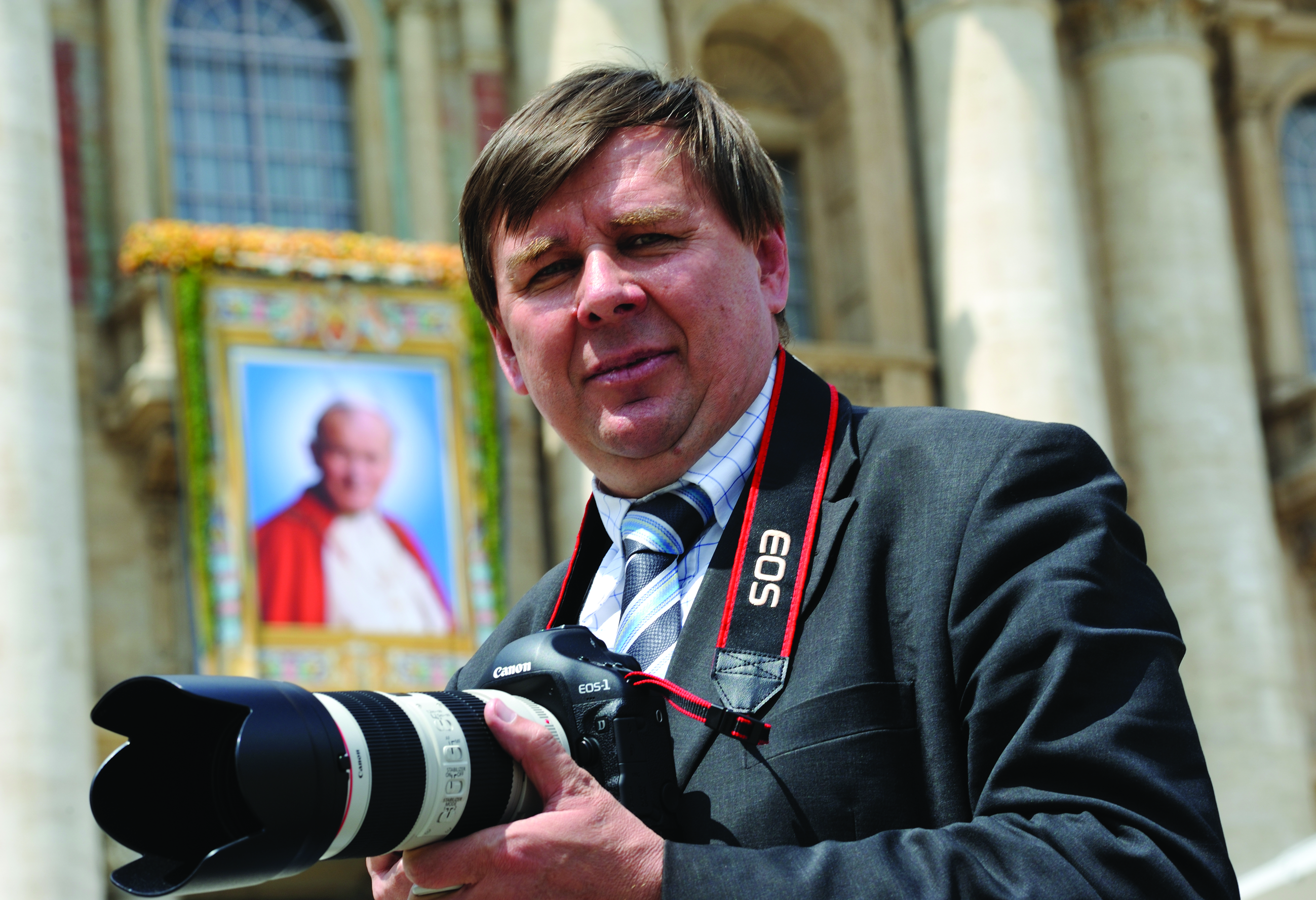
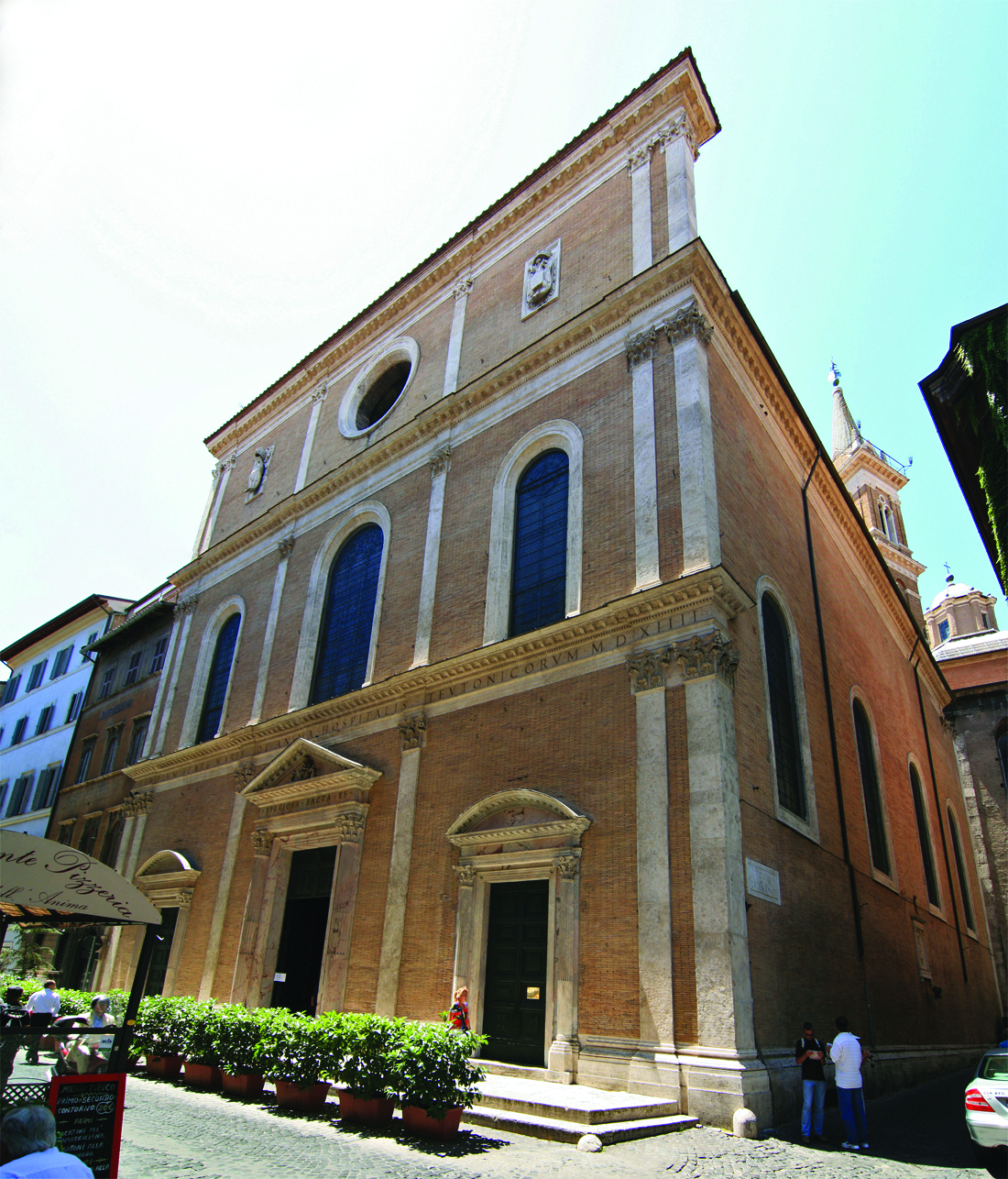
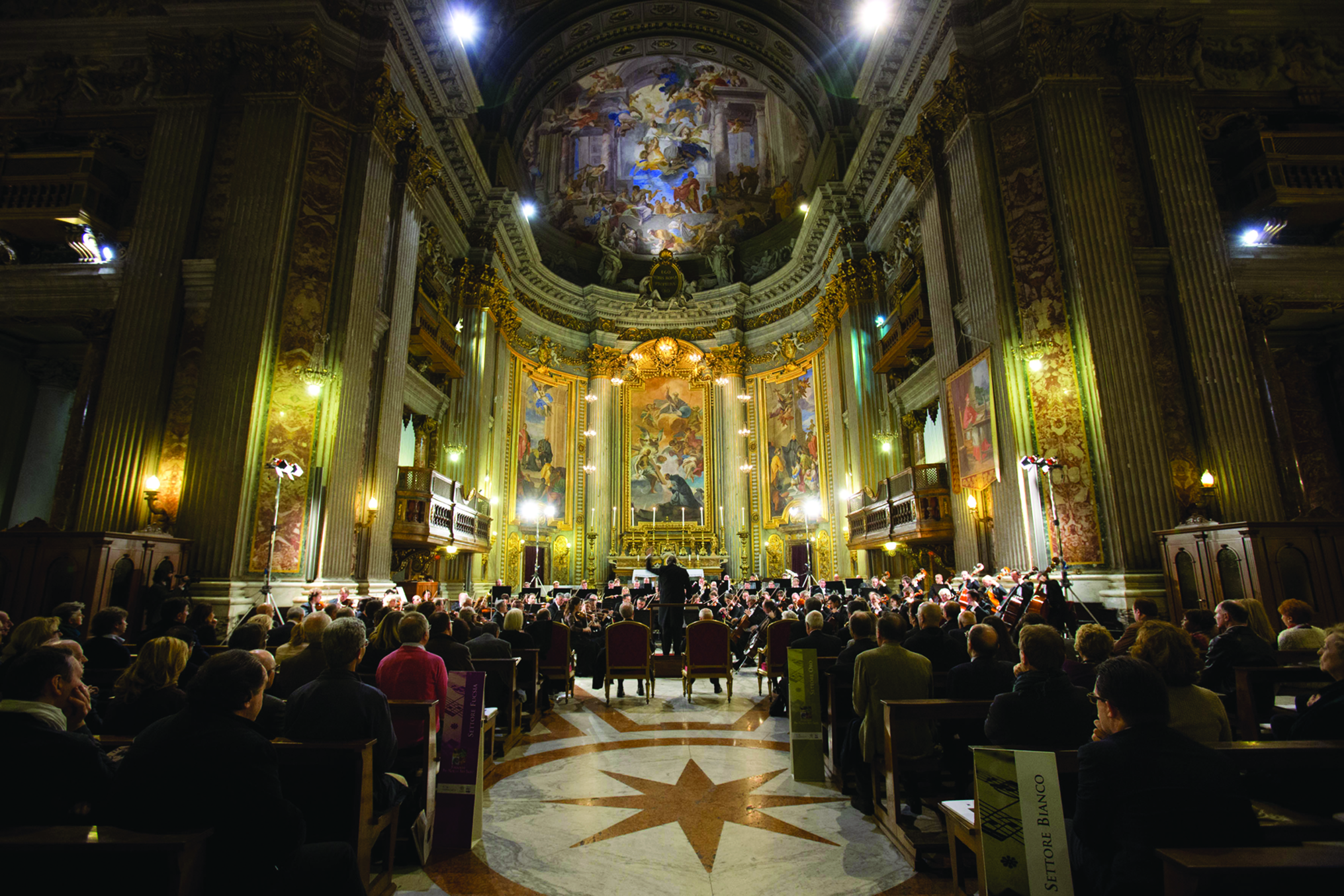
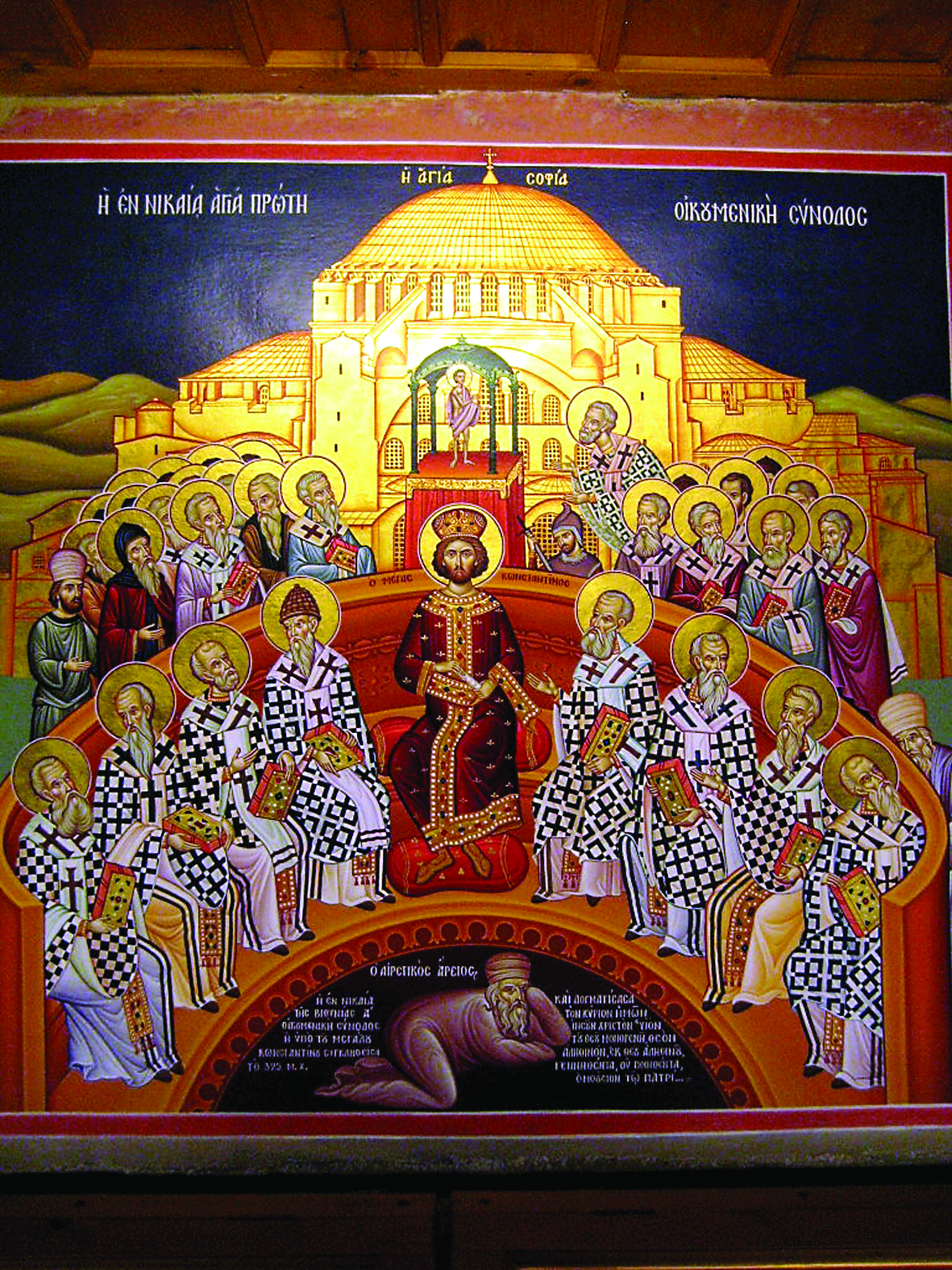
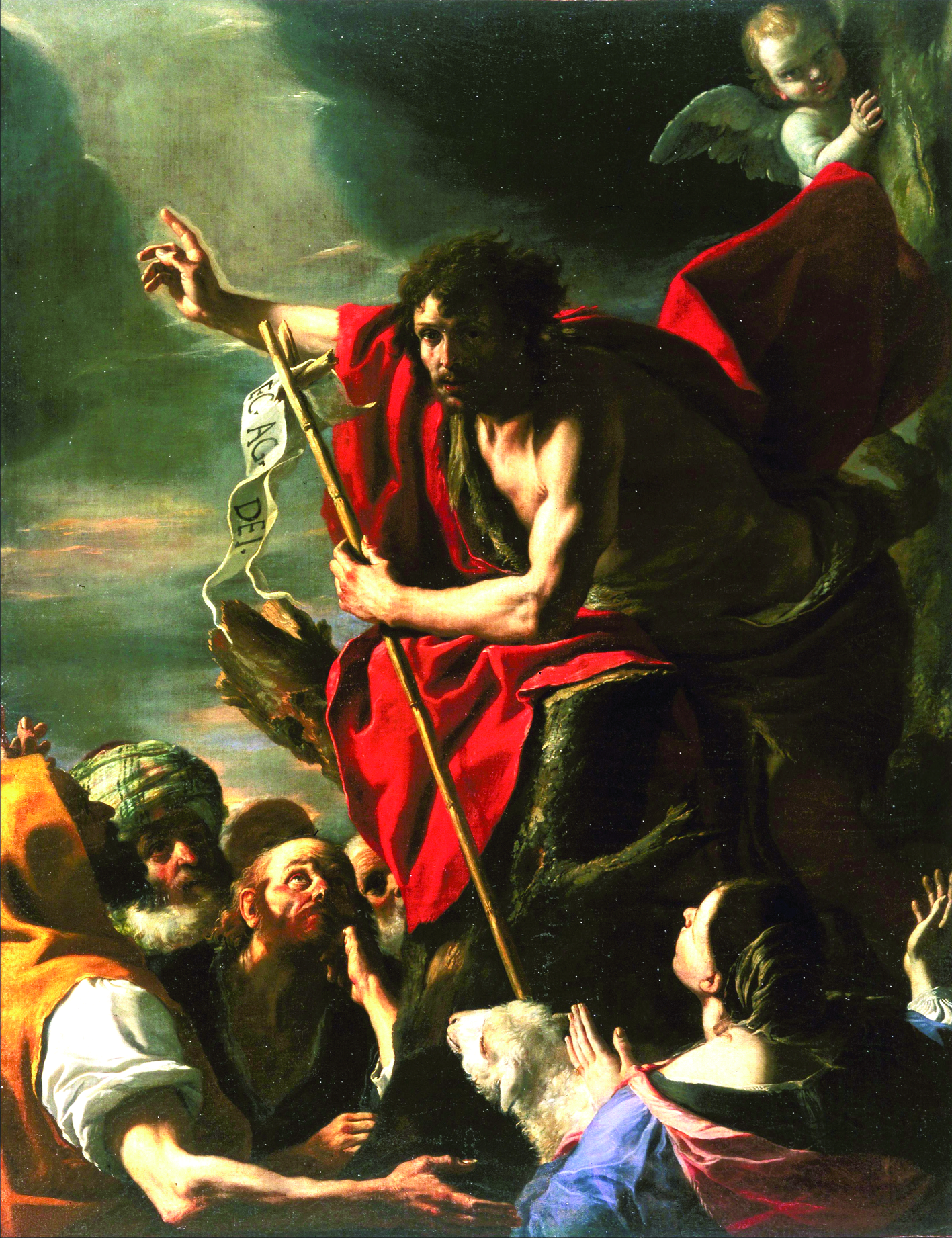
Facebook Comments